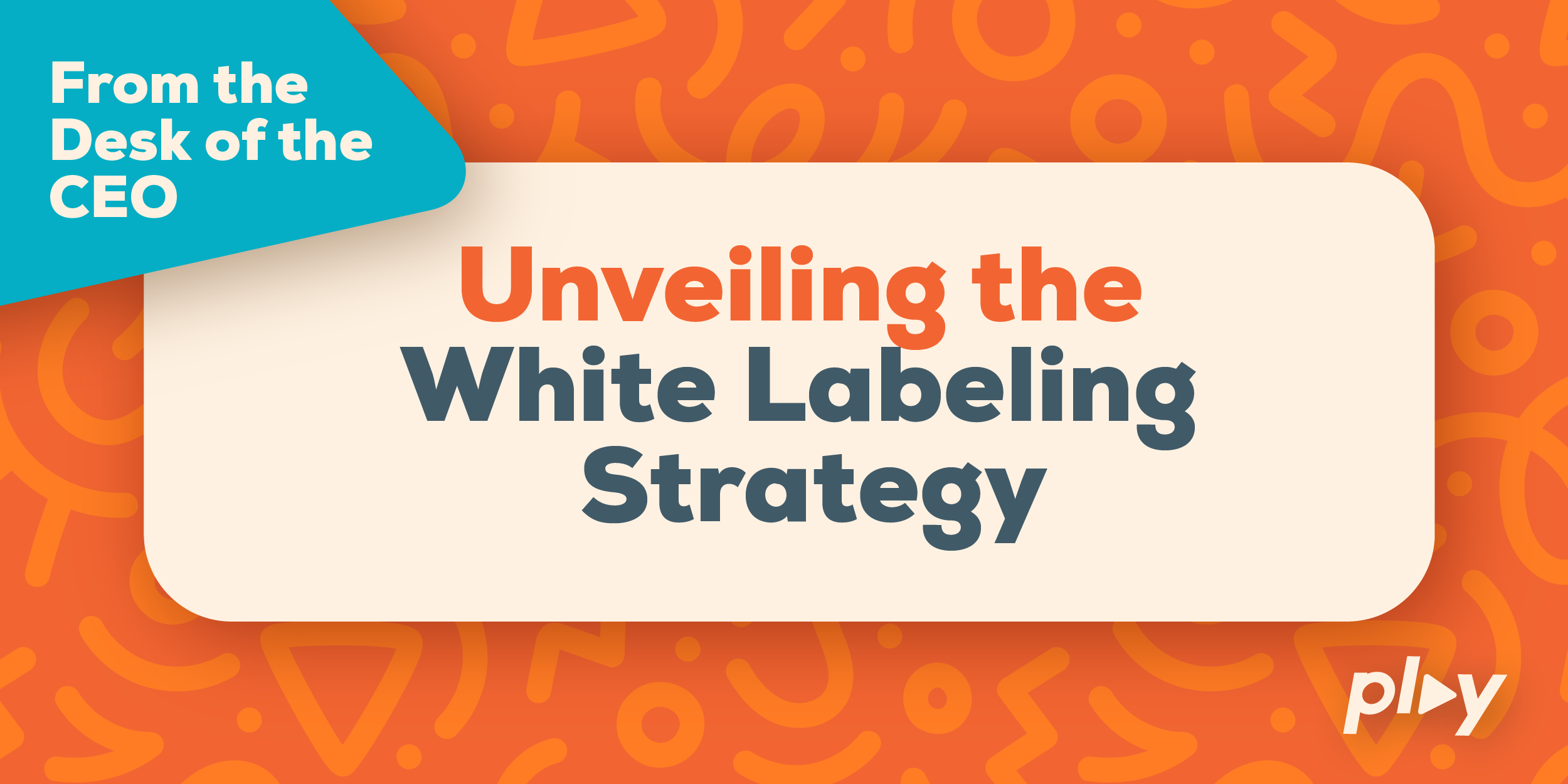Unveiling the White Labeling Strategy: Insights and Analysis for Marketers

White labeling has emerged as a strategic avenue for businesses seeking to diversify their offerings and enter new markets.
I’m James Spitler, CEO of PLAY Creative, and as the owner of a marketing company, I’ve delved into the data and statistics surrounding this approach to provide a comprehensive overview of its advantages and disadvantages.
Advantages
Time and Cost Efficiency:
According to a recent survey by McKinsey & Company, businesses can save up to 30% on development costs and reduce time to market by 50% through white labeling. This is particularly beneficial for startups and small businesses looking to expand their product lines without extensive resources.
Focus on Core Competencies:
Research from Harvard Business Review indicates that focusing on core competencies can increase profitability by 25% or more. By outsourcing production through white labeling, businesses can allocate resources to areas where they excel, such as marketing, customer service, or research and development.
Scalability:
The scalability of white labeling is underscored by data from Statista, which forecasts a compound annual growth rate of 8.3% for the global white label market through 2025. This growth trajectory enables businesses to capitalize on market opportunities and meet increasing demand without incurring substantial upfront investments.
Brand Extension:
According to an article on Linearity, 59% of consumers prefer to buy new products from brands they trust. White labeling allows businesses to leverage existing brand equity and extend their offerings seamlessly. This fosters brand loyalty and enhances customer retention, ultimately driving long-term profitability. As the PLAY CEO, one of my core responsibilities is to keep our client’s trust and make them feel heard so as to retain them as a partner for years.
Gain a better understanding of what we do for our clients here!
Disadvantages
Lack of Control:
Research by Deloitte highlights the risks associated with relying on third-party suppliers, with 58% of businesses citing quality control as a significant challenge in white labeling. Without direct oversight, businesses may encounter issues such as product inconsistencies or supply chain disruptions, jeopardizing their reputation and customer satisfaction.
Competition and Differentiation:
With a variety of messages and advertisements popping up on our screens daily, it’s no wonder businesses struggle to differentiate their white label offerings in our oversaturated market. Intense competition among resellers can lead to pricing pressures and erode profit margins, undermining the viability of the white labeling strategy.
Dependency on Suppliers:
The reliance on external suppliers exposes businesses to risks beyond their control, as evidenced by the disruptions caused by the COVID-19 pandemic. According to a report by PwC, 64% of businesses experienced supply chain disruptions during the pandemic, highlighting the vulnerability of white label arrangements to external shocks.
Limited Customization:
Despite the convenience of white labeling, businesses may encounter limitations in customizing products to meet specific customer preferences. This constraint is particularly pronounced in industries where personalization and differentiation are paramount, such as beauty or technology.
In conclusion, white labeling presents compelling opportunities for marketers and businesses seeking to expand their reach and offerings. However, it is imperative to carefully evaluate the trade-offs and mitigate risks associated with this strategy. By leveraging data-driven insights and strategic planning, businesses can harness the full potential of white labeling while navigating its inherent challenges effectively. Once again, I’m James Spitler, CEO of PLAY Creative. If you ever want to talk about white labeling with us, I’m here and ready to embark on a new partnership!
